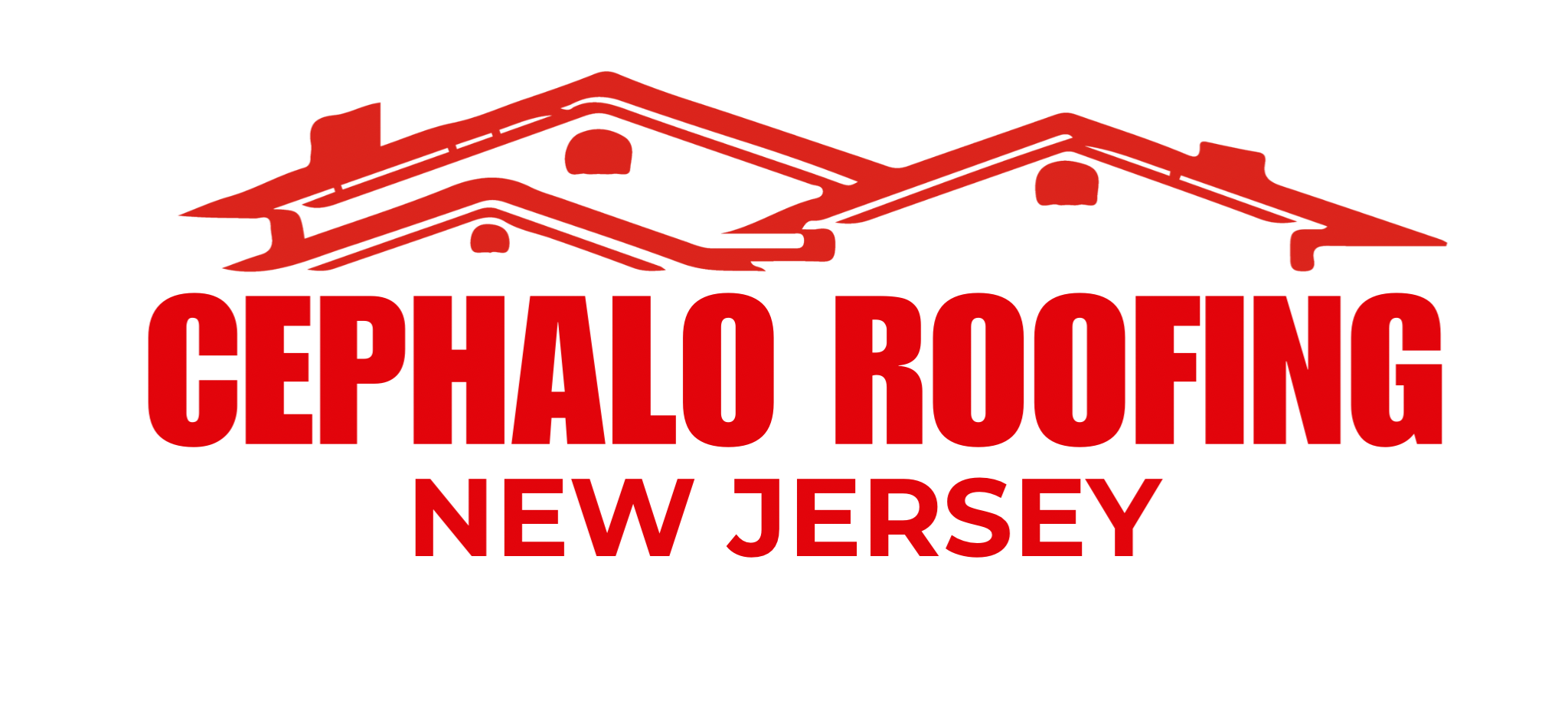How To Tell If Your Roof Has Storm Damage

Cephalo Roofing
Roofing Professionals
The roof, along with the other structural parts of the home, protects us from the elements by keeping us sheltered, dry, and warm. When the integrity of your roof is compromised, it can no longer do its job properly. That’s why it’s important to recognize the signs of storm damage early, so you can address potential issues before they turn into costly and inconvenient repairs.

The Common Signs of Storm Damage
Storms can create many challenges for a roof, often leaving behind visible damage.
Roof age
Knowing the age of your roof is key. A typical asphalt roof lasts about 25 to 30 years with regular inspections and maintenance. If you’ve been through a rough storm, or simply suspect issues, there are warning signs you can look for from the ground or inside the attic.
Here are some of the most common indicators that it’s time to call in a professional:
- Lifted or buckling shingles
Cracked or curling shingles are usually easy to spot. Loose shingles allow moisture underneath, which can lead to mold and water damage. High winds and storm impact often cause this type of issue. - Visible water infiltration
Stains on ceilings, musty odors in the attic, or damp insulation are all signs that water is seeping in. Moisture can quickly lead to mold, mildew, pests, and wood rot. - Loose debris on the roof
Sticks, branches, or other debris carried by the wind can puncture shingles or put extra strain on the roof. - Missing or hail-damaged shingles
Hail can crack shingles, rip them away, or leave dents and marks. Even smaller hailstones can weaken roofing materials over time. - Ice dams
These form when melted snow refreezes near the roof’s edge. Ice dams can push water under shingles, damage gutters, and lead to costly repairs once spring arrives. - Damage to roof supports or accents
Decorative elements or structural supports may also be affected during severe storms, sometimes signaling hidden issues.
Different storms cause different types of damage, but a roofing professional will know what to look for based on your local weather patterns.
When To Repair And When To Replace
Roofing problems usually fall into two categories: minor and major.
- Minor damage
These issues often only require small repairs, sometimes covered by insurance. Examples include:- Cracked vent booting
- Missing cap shingles
- Nail pops
- Small sections of unsealed shingles
- Major damage
A more aggressive approach may be needed if:- The roof has multiple layers
- There is moss or lichen infestation
- The roof is over 10 years old
- There are major leaks and water intrusion
Scheduling a professional inspection after a storm can help prevent issues from spreading. Water moves fast, and mold grows just as quickly, so catching problems early can save you from expensive repairs.
Finding A Quality Roofing Contractor Near You
If you’ve been through harsh weather or are concerned about the age and condition of your roof, it’s time to reach out to a professional. Choosing a roofing company you can trust is key, your roof is your home’s first line of defense.
The Cephalo Roofing Network is made up of highly trained and experienced local contractors, dedicated to quality workmanship and customer care. A Cephalo Roofing expert will thoroughly inspect your roof, from nails and seals to shingles, ventilation, insulation, and gutters.
With a full range of roofing services and a commitment to excellent service, Cephalo Roofing is here for you. Contact us today for your free, no-obligation estimate!
Need Professional Roofing Help?
Connect with trusted New Jersey Cephalo Roofing for professional service and free quotes.



